CHET BAKER AND HIS ABANDONED SHADOWS
By Arya F. Jenkins
We like to immortalize talent in this culture, and in so doing, often decontextualize it, absolving it of complexity and stains. Media especially likes to make angels out of demons, and vice versa, stripping the truth out of images and ideas.
In the case of Chet Baker, William Claxton’s photographs helped especially to immortalize the singer and trumpeter, fixing him in time and space, freezing an idea of him as beautiful, ethereal, ideal.
Chet Baker is almost always remembered as the Hollywood-handsome jazz singer and horn player with a subdued voice and tone who pioneered West Coast swing when he was, above all, someone who spent a long time dying due to his drug habits. Utterly usurped by his addictions, he was a nightmare to behold, particularly in his last decades–his toe nails long and filthy, hair unkempt and unwashed, teeth unbrushed; he did not like to bathe. Drugs twisted his character too, forced him to lie, cheat, sell his instruments even. Mostly, he could be counted on to be conniving and apathetic, what a human being becomes deep into drugs. Still his music arose out of this muck, like a lotus springs from mud.
The many women in his life — Halema, Carol Baker, Diane Vavra, Ruth Young, to name a few — remain faceless, emblems of his excess and decay, little more than appendages, as can be seen in the 1988 documentary about Chet Baker, Let’s Get Lost, produced and directed by fashion photographer Bruce Weber.
Chet tried to strangle Young with a telephone cord, injected girlfriend Jones with heroin then left her passed out and turning blue in an apartment. Vavra left him after a relationship of years, and one too many beatings. All of this is documented in James Gavin’s darkly surreal and painfully real, Deep in a Dream, The Long Night of Chet Baker.
In 1988, the year he died from a fall out of a window on a street in Amsterdam, Baker was using more than six grams of heroin a day, and, having run out of veins to use, had resorted to shooting up via his scrotum. He was a wasted man, trapped in his own shadow, a whisper of talent still straining to deliver music.
In the early 90s, I lived briefly in an apartment in Lenox, Massachusetts, that one of the women in Chet Baker’s life had inhabited — Ruth Young, I believe. “The one who sang,” is how she was described by the landlord, who told me she had lived there and that the place was haunted after I moved in.
The apartment on the second floor of a white clapboard building was full of light and full of cold that seeped in through its windows in winter, and where I often heard the echoes of a woman crying. Anxiety and cold cut the air, and madness too. I couldn’t think straight in that space, couldn’t make sense of much, and painted endlessly to keep my head together. I finally moved out in the spring, forced out by a huge heating bill I couldn’t pay, eager to turn a page, chased out by a restless ghost.
Ghosts don’t have to be dead to haunt. Listen to singer Ruth Young’s version of “The Thrill is Gone,” from her 2005 jazz album, This is Always. Her smoky, whispered rendition and timing bring to mind and life Chet Baker and his own singing style.
“Elegy to Chesney” arises out of the following idea: didn’t all of Chet Baker’s women sing, didn’t they all weep for him, cry for their own lost lives?
This poem is dedicated to them.
* * * *
“Chet’s Chops”
Hollywood, 1954
Photo by William Claxton
ELEGY TO CHESNEY
James Dean-like horn player
Playing cool
Blowing cool
Playing women
Beating them
Blowing bad
Blowing sweetly to kill
Still they remember you
Who sang and
Danced their hearts out
Naked arms and feet
Raised in homage to the sun and
Sea and wind they thought
Of you
Who did you remember?
Who did you take with you?
James Dean-like horn player
Playing cool
Blowing cool
Playing women
Beating them
Blowing bad
Blowing sweetly to kill
Wasted man
Curled up on a street
In Amsterdam
Whose ghostly songs
Junkie dreams and
Black & white photographs
Don’t tell the truth
Yet form a mandala
That wind blows
Empty
Who did you remember?
Who did you take with you?
* * *

Arya F. Jenkins’s poetry, fiction and creative nonfiction have appeared in journals such as Agave Magazine, Brilliant Corners, Cleaver Magazine, The Feminist Wire and Provincetown Arts Magazine. Her poetry chapbook, JEWEL FIRE, was published by AllBook Books. She writes short stories for Jerry Jazz Musician, which commissioned her to write jazz fiction. Fiction is forthcoming in Burrow Press Review. Her poetry chapbook, SILENCE HAS A NAME, was accepted by Finishing Line Press and is scheduled for publication Feb. 15, 2016.
*
References used for the essay, CHET BAKER AND HIS ABANDONED SHADOWS:
Jeffrey St. Clair’s “The Junkie Beat,” CounterPunch, November 18, 2011
Young Chet: The Young Chet Baker Photographed by William Claxton, Schirmer Art Books, 2005
James Gavin’s Deep in a Dream, The Long Night of Chet Baker, Alfred A. Knopf, New York, 2002
Let’s Get Lost, documentary by Bruce Weber, 1988
Ruth Young, This is Always, jazz album (2005)
__________
__________
Read our interview with James Gavin, author of Deep in a Dream: The Long Night of Chet Baker









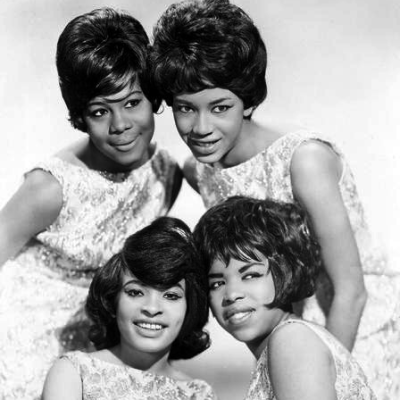
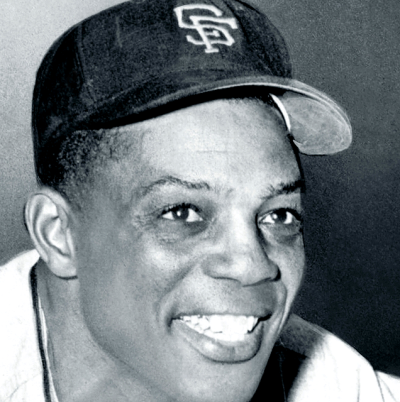
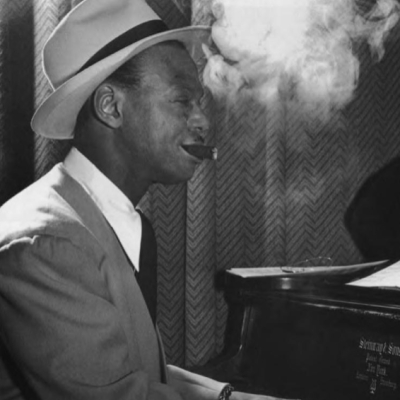
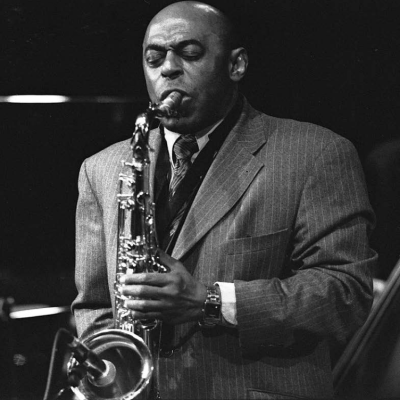
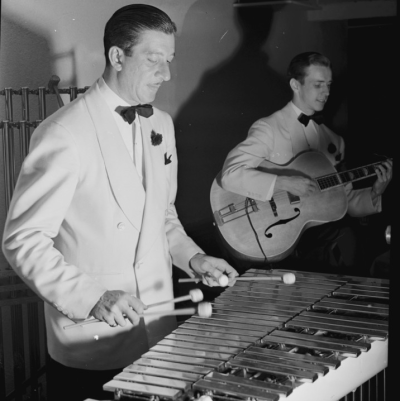

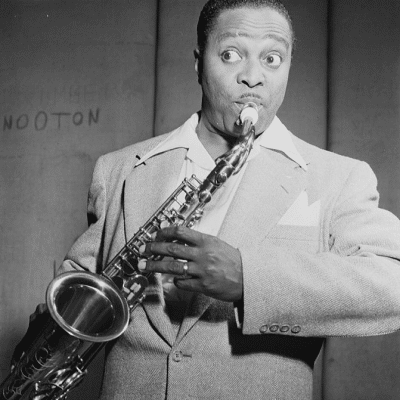
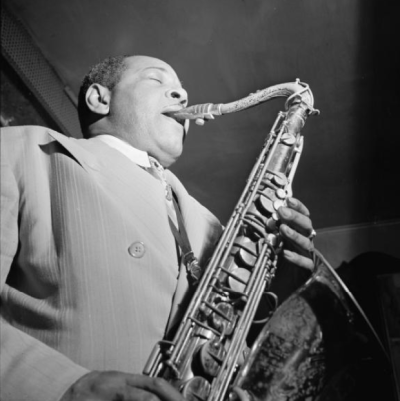

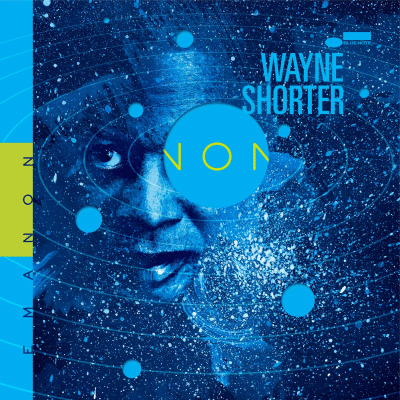
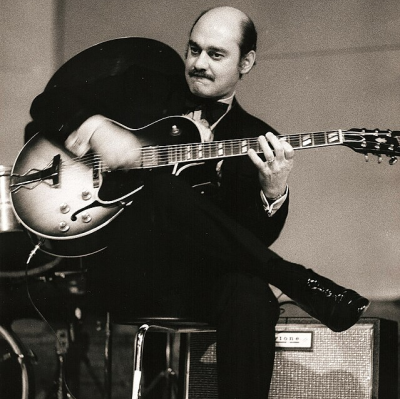


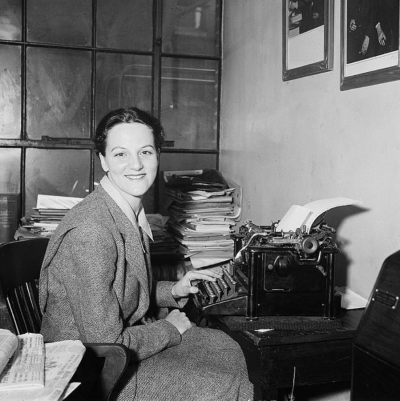






Arya has a wonderful way with words that paint a vivid picture, both in this essay and her poem.
Thank you for the little essay and poem that I read here this morning. I can’t look at those Claxton photos of Halima without feeling that worry and pain.
Yeah is all memories ,but Ruth is alive and needs help at the moment and she is not getting which is very sad to me ,because her voice is just amazing 🙂
Gavin’s book is chock full of many lies and rumors, as is this ignorant twisted article. He and this Arya didn’t know Baker personally nor any of his associates at all. So who are they to write about him as if them knew him? The Hollywood movie “Born To Be Blue” is 95% lies about Baker !! To learn the TRUTH about Chet Baker, read Artt Frank’s two books. Artt was Chet Baker’s closet friend between 1967 and 1988, and personally was close friends with Carol and Chet’s children and mother and many other mutual friends, etc. He knew Ruth, which is written about in his 2nd book. Artt’s 2nd book “Chet Baker: Always Searching For The Light” was published on Valentines Day 2021. His first, Chet Baker: The Missing Years” was published about 5 years ago. They are both Brilliant and heart-warming.